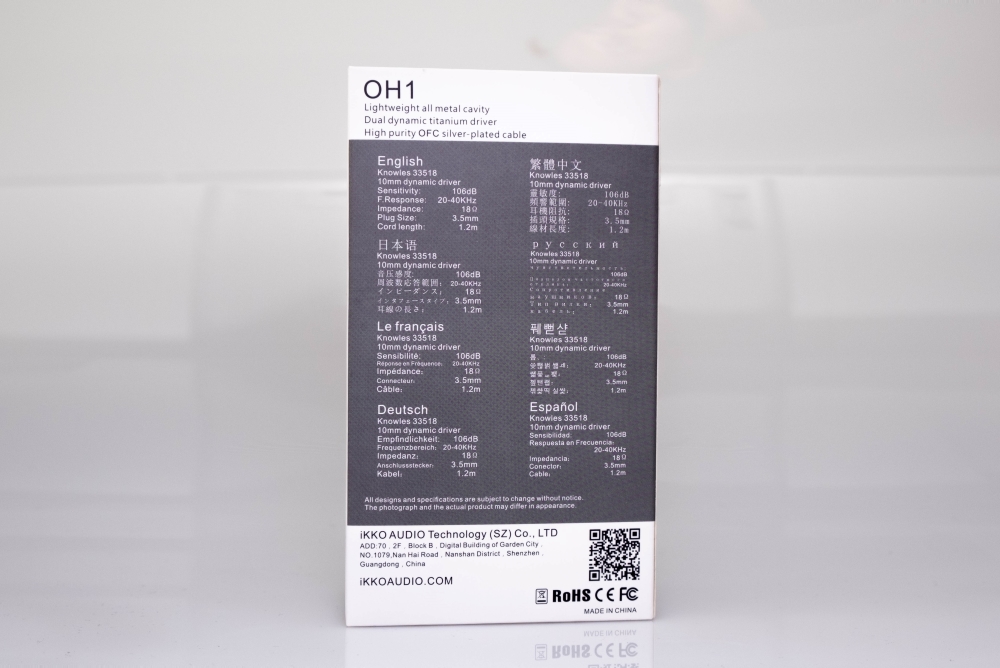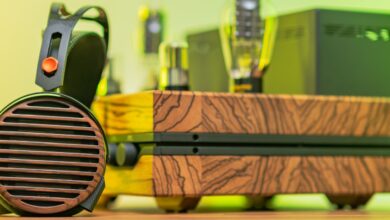IKKO OH1 IEMs review

Disclaimer: IKKO OH1 IEMS were sent to us free of charge in exchange for our honest review. We thank Steven from Xtenik.com web shop for this opportunity.
My video review:
I think it’s time we have another IEM review on our page, I missed testing new headphones already. This time I will be testing a brand-new IEM from a brand-new manufacturer called IKKO. IKKO are coming from China and according to their web page are committed at delivering the ultimate design and performance to those who love music.
IKKO Meteor OH1 is their first product in the portfolio that is mostly striving for good sound quality at an affordable price.
Meteor OH1 (just OH1 from now on) is a hybrid dual driver earphone that is using a single dynamic titanium coated driver for the bass reproduction and a balanced armature to take care of the midrange and treble duties. The information on their website is scarce so I don’t really know if the midrange is being taken care by the dynamic, by the balanced armature driver or by both, it is just my educated guess.
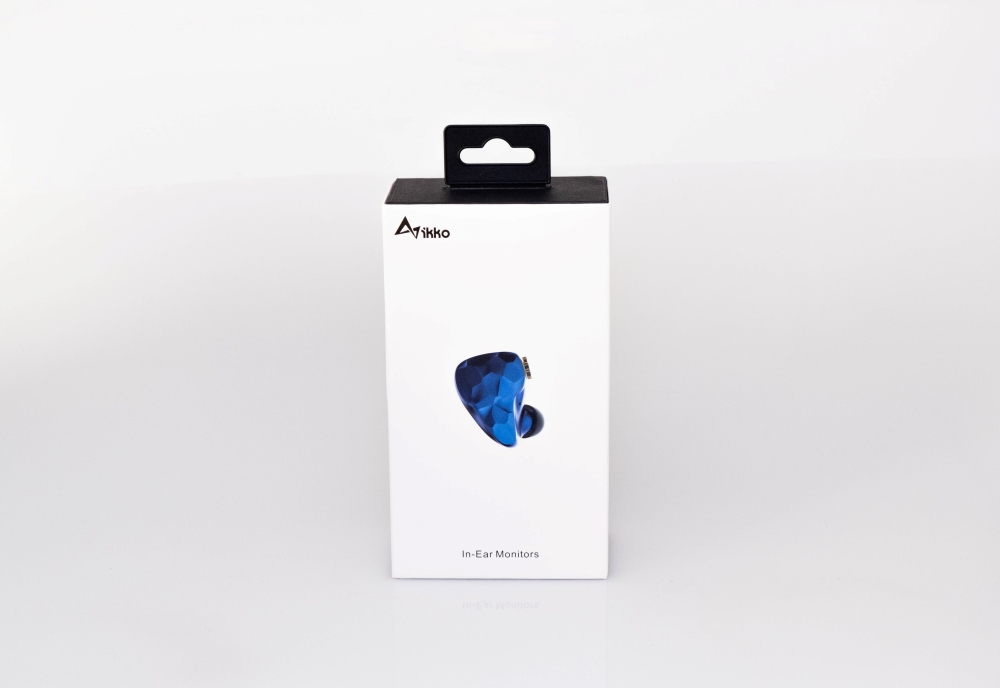
Package Contents
Truth to be told this is the nicest packaging I’ve seen in an IEM that costs up to 200 USD. OH1 comes in a thick card board box, think FiiO FH7 thick, with a really nice and thought out internal space.
Inside you’ll find a small envelope that contains a warranty card and another card that mentions all the features, benefits and the technical specs. This card is actually giving you much more information that the info found on their website.
Underneath the envelope there are the IEMs themselves siting nicely in a protective foam, another foam sheet carries the 6 pairs of ear tips. 3 pairs of S, M an L sizes are labeled as “Vocal Eartips” – that will emphasize the midrange range and another 3 pairs of “Balanced Eartips” – the stock silicon tips that will not emphasize anything. Underneath these two foam sheets a very soft, velvety like carry case can be spotted that carries the detachable cable and this is basically it.
The cables have a really nice feel to it, it is very flexible and doesn’t have microphonics, it’s a high-quality cable, it doesn’t have a remote or something like that, just a simple analog cable with a 3.5 mm (1/8”) jack.

Looks & Build Quality
OH1 looks much better than I anticipated and it is very well put together. The shell is made out of polished aluminum. The shell resembles a tear drop, it’s quite small and therefore very easy to insert into your ear canal. I also like that the part that faces the ear lobe is not touching my skin for bigger shells are doing, so in terms of comfort OH1 are really good.
That was possible because OH1 is housing only two drivers and a simple cross-over circuit inside. If you look closely OH1 is having two small holes in the shell, one will be releasing the air pressure between the air canal and the earphone, and another one will release the pressure between the shell structure and the drivers themselves. It seems that first generation of Sennheiser IE800 with its depressurizing technology left a big mark in the IEM world, but it’s for the good of all IEM users so that’s cool.
There is a single thing that bothers me a bit – the IEM nozzle. It is a little short and few users might find it a bit uncomfortable and I am sure some ear-tips will not work with them because of that. I personally don’t have a 100% isolation because of that and the stock silicone tips are not offering me great passive attenuation. FiiO memory foam ear-tips sadly will not work because they have a longer nozzle, maybe the shortest ones from Comply Tips will work. That is the only complaint I have in terms of design.
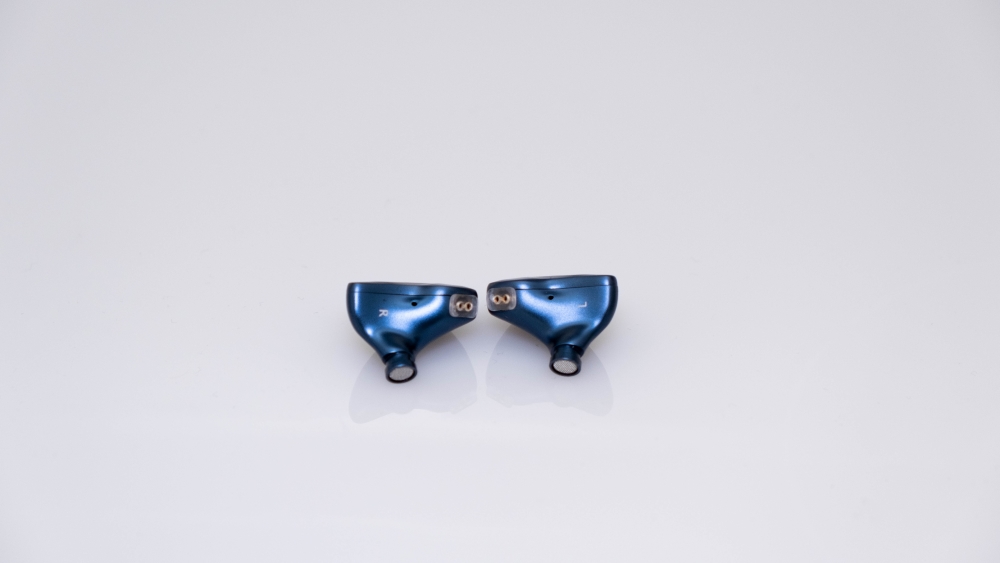
Tech inside IKKO OH1
OH1 is using two drivers in tandem to achieve its unique sound quality. The 10mm dynamic driver is titanium coated for a better rigidity, bass control and grip, will see about that in a minute.
It is quite interesting that the balanced armature driver, the infamous Knowles 33518 BA driver is also being used in FiiO FH1 and few others less-known IEMs. This particular driver was designed to play upper-midrange and all the treble area, so I am changing my presumption that the midrange is being played by both drivers. I am sure the cross-over is doing its mojo and helping in achieving a clearer image, avoiding double amping of a single frequency response.
OH1 has a sensitivity of 106 dB per 1mW of power and a nominal impedance of just 18 Ohms so be careful volume matching them. OH1 are quite easy to drive, even weaker audio sources don’t pose a problem with them. A Lenovo laptop and a Xiaomi smartphone worked nice with them. As almost all hybrid headphones OH1 are very susceptible to noise so I had a faint noise with both my smartphone and laptop. I recommend a dedicated DAP for them like the super clean FiiO M11 or a desktop DAC with a clean headphone amp section. I had zero noise with an Aune S6 PRO and Matrix Audio Element X, just a tiny bit more with Headamp Gilmore Lite mk2 and a lot more with Mytek Brooklyn DAC+. Pick your source carefully.
Since OH1 are easy to drive and carry only two drivers per side, I don’t think going balanced with them will make much of a difference or will make them more balanced sounding.
I would test that for myself but I do own balanced cables with MMCX connectors only, OH1 is using the same connector that Knowledge Zenith is using, it is not fully flushed, it still has a small silicone part on the outside.
Ok everyone, I think it’s time for a longer listening session
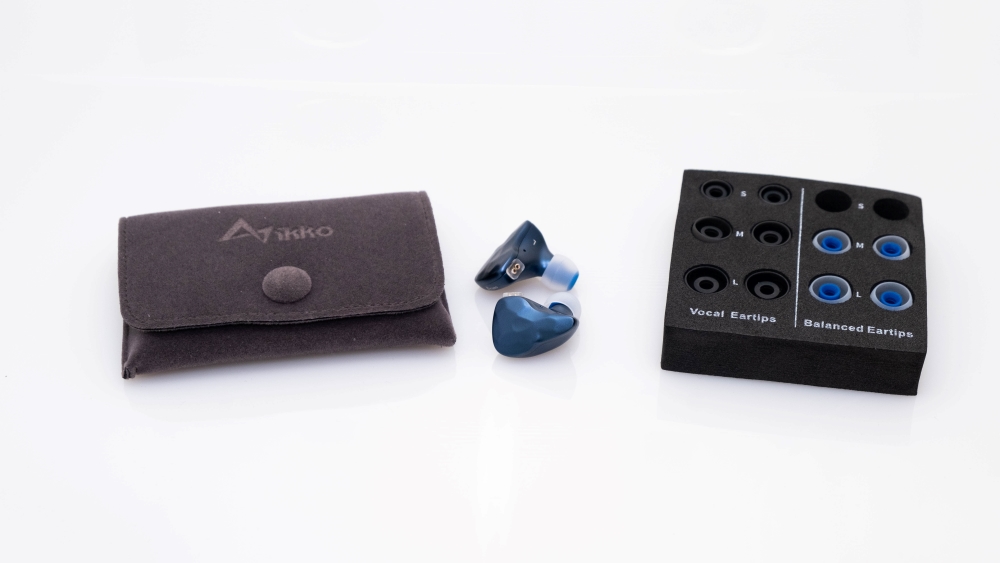
Sound Quality
I. Bass
Well, in terms of bass response OH1 are doing just right, they have a little bit of bloom in the mid-bass section, it goes moderately deep but not Mariana Trench deep. Bass notes are having a nice control and I felt good grip even with mediocre sources.
Mid-bass performance is a little bit boosted for a smile inducing performance, I quite like this approach. I consider OH1 being just mildly dark sounding, I would characterize them as warm sounding because midrange is not very linear.
Listening to my usual suspects for bass tests like The Prodigy and Infected Mushroom it is quite clean to me that sub-bass performance is OK but not substantial to be considered linear. There is a sudden drop bellow 30 Hz, this is a much better sub-bass performance compared to other IEMs in the 100-200 USD category. Both FiiO FA1 and KZ AS16 had worse sub-bass and mid-bass performance.
What impressed me a bit compared to small dynamic drivers is that this one (titanium coated) sounds a bit faster, so bass slam is very good, for a 10mm driver this is a bit unusual. Quite possibly this is the best bass control, grip and decay in the sub 150 USD category. It actually reminds me a lot about the bass performance of FiiO FH5 so this is a good thing in my book. This is certainly not a bass freak or bass-head headphone, but pretty close to that as it is just north of what I would consider linear bass performance.
All this happened with the stock silicone ear-tips and with a mediocre seal, with memory foam type or with Spin-Fit ear-tips and of course with a better seal, bass performance and control will take another leap forward.
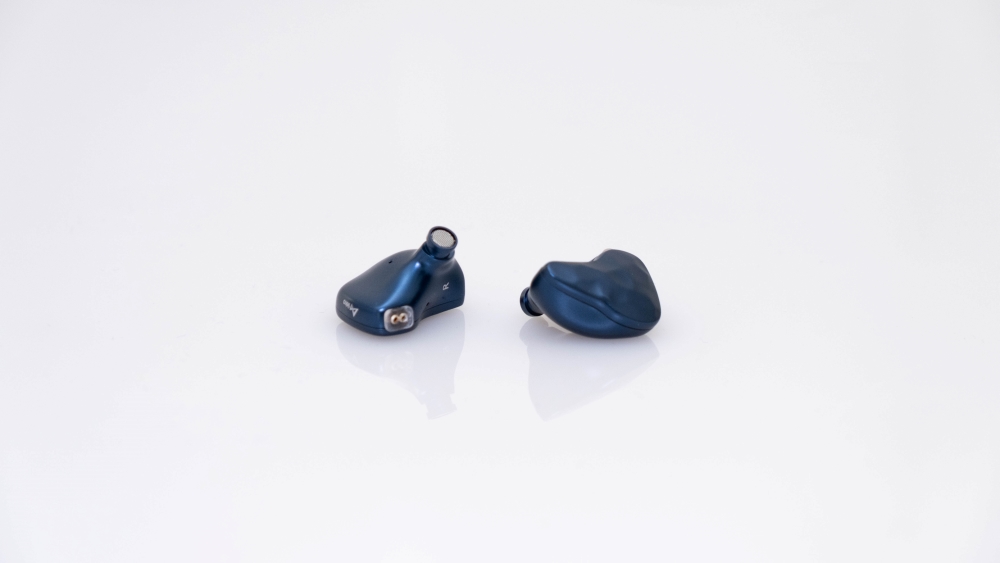
II. Midrange
Midrange performance was the only part of this headphone that changed drastically with a bit of burn-in. At first it sounded too thin with dry voices and weak textures. In 4 hours, midrange was already much better, with much more weight to it, voices gone deeper and sounded more natural.
The second day I think I got maximum performance they can offer. Midrange is still not on the same page with rest of the spectrum.
I consider it to be the only audible range where there is a drop in the lower-midrange. If I am listening to a full orchestra where lots instruments play the full audible range the problem is not so obvious and OH1 will sound full of life. If I move my listening to simpler tracks like some grunge rock then it is more obvious that guitars are not having the most life-like vibration, their plucks will stop abruptly than how I am accustomed to.
This is why I consider them dark sounding; it is because the stoplight is never put on midrange but on the rest of the spectrum. Midrange can be too linear at times; it could be a good thing for you. I am forever spoiled by warm and soothing midrange performance and I like a little bit of boost in this area but OH1 chosen a linear midrange with just a small drop in the lower mids.
III. Treble
At first, treble sounded just a tiny bit harsh and metallic but on the next day most of that was gone. I consider treble performance be to above average as I am hearing those small little nuances without too much stress.
Double drum is clear, precise, has a natural timbre, cymbals are biting my ears but don’t carry a lot of “SSSss” with them. Only with angry metal pieces cymbals can become too much and troublesome but with regular music that is not happening to me.
Most importantly there isn’t a drop in the treble area, just a small bump of 3 to 4 dB around 5~6 khz to make the impressions of clean performance with increased detail information.
I think bass and treble is exactly where OH1 shines brighter and will offer a slight V-shape performance. I already missed V-shape sounding headphones.
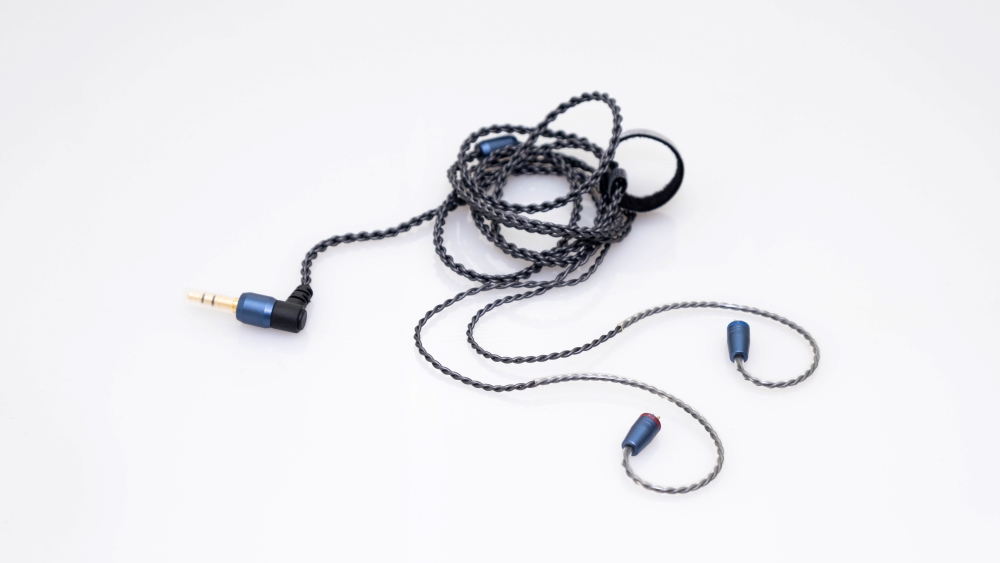
IV. Transient Response
I really like that simple two driver earphones without a complicated cross-over will most of the time sound fast, alive and hard kicking. This is a very good description of OH1 since I believe they have a great speed and impact and will impress electronica or rock lovers. Decay of the notes is just right; it is just a tad mellower on bass but much faster on upper-treble. OH1 has an impressive PRaT, combine that with a good bass slam and your have a pretty good idea how these might sound.
V. Detail Retrieval
I consider OH1 clean sounding but are not champs in this category, mostly because there is still missing a little bit of sub-bass information and upper treble doesn’t have the last bit of information as well. OH1 are not veiled at all but chose to be transparent and clean. It is quite easy spotting low-intensity sounds and even some air-mass moving in the room. Detail information is really good but not top-notch, there are still few bass-layers and subsonic information missing.
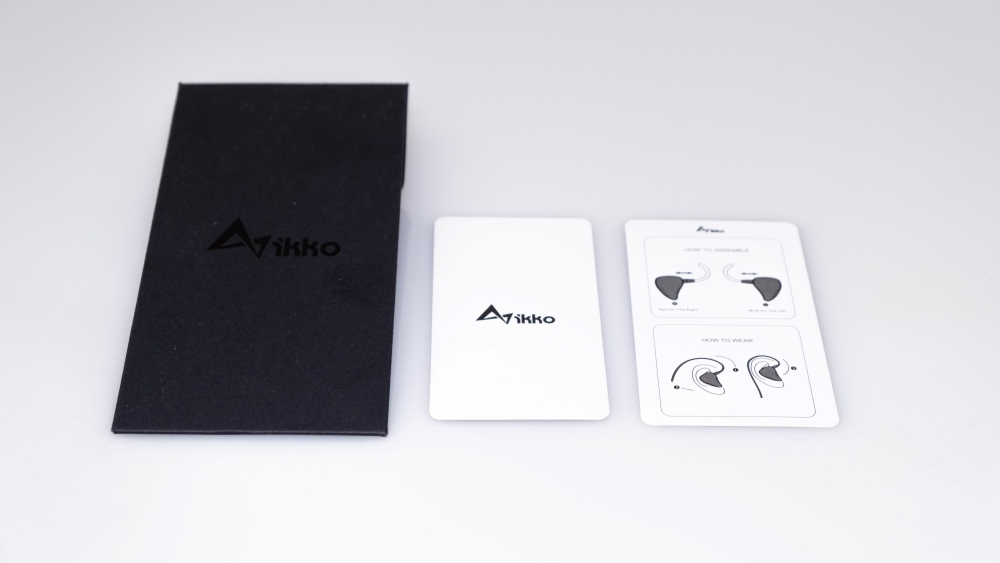
VI. Soundstage & Depth
From the first minute OH1 sounded layered and wide spread. OH1 never sounded up-front and inside my head. I feel my music mostly at the shoulder level and sometimes comes from different angles towards me for this 3D imaging feeling.
Now, since a 10 mm driver will not push a lot of air around, the stage is not super extended and super holographic. Depth is really good and soundstage size is above average. I didn’t notice over-crowding, muddiness or forwardness so that is a good sign in my book.
VII. Background noise & Source Requirements
OH1 are not very source dependent when it comes to control and frequency response but are sensitive when it comes to noisy audio sources. With a FiiO M11, Matrix Element X and Aune S6 PRO, the OH1 are dead silent with a noiseless background. With majority of my desktop headphone amps (except for Benchmark HPA4) there is a faint noise and hiss. Since OH1 are quite dark sounding or V-shaped, call them as you like, I think they will pair just nicely with warm sources or just with plain linear sources. However, OH1 will not work too well with bright or dark sounding gear, it just can become too much to bear.
OH1 are also easy to drive, they worked quite well from any HP out, but of course a clearer and more detailed one will show more micro-information and driver control. Pick a hiss-free audio source and you are ready to rock!
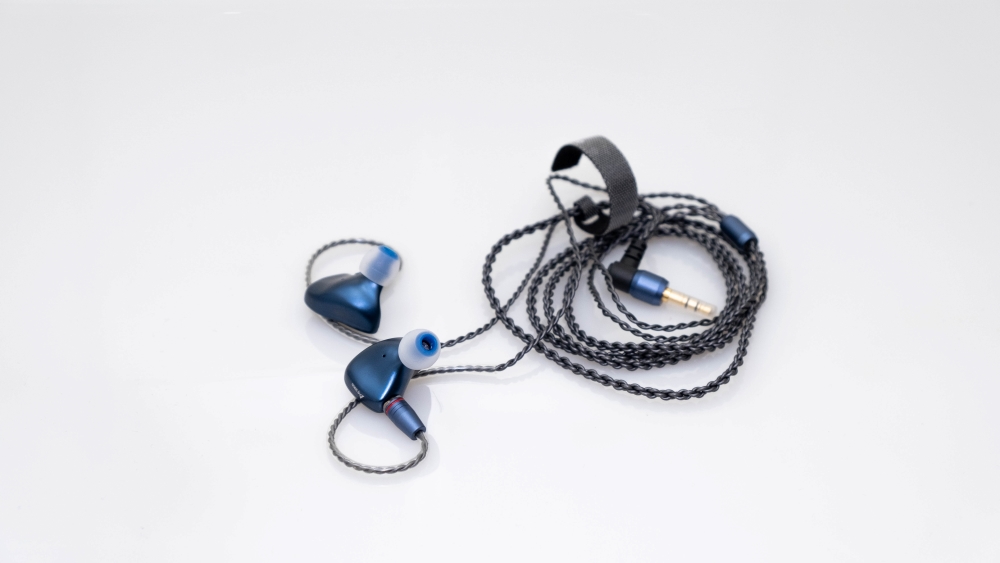
VIII. Comparisons
OKKO OH1 (~140 USD) vs KZ AS16 (~135 USD)
OH1 are much lighter and much smaller so I can wear them for a longer period of time. They are also not touching my ear lobe how AS16 is doing, so again I can wear them for much longer. AS16 has this plastic see-though shell that is Ok, but I don’t know if it will resist accidental drops or scratches. OH1 is having an all metal shell, an overall better build quality in my opinion.
Long story short, AS16 are even more V-shaped sounding because they have so much more treble information and a little bit less midrange emotion. AS16 can be sometimes soulless and dry sounding, not to mention bright as well.
AS16 have this feeling of super clean and detailed, but it can very well be an artificial feeling because of that treble presence. AS16 is having a better soundstage and depth, I’ll give you that and a higher feeling of super clean and transparent.
However, OH1 are doing everything else better: bass is deeper, goes lower, hits harder, carries much more air with it. Midrange is meatier, voices are better defined and are not empty sounding. With AS16 you hear the shell of the note, with OH1 you hear its texture and weight. In the long run OH1 will not tire you down with a nasty bright treble so I think I’ll choose OH1 any time of the day.
OKKO OH1 (~140 USD) VS FiiO FA1 (100 USD)
I will skip the build quality part; short version is that OH1 has a better build quality, a better selection of accessories and a much better packaging.
When it comes to sound this will be easy. Simply put FA1 are much more rounded sounding with roll-off in the sub-bass and in the treble area. FA1 are pretty good when it comes to midrange performance, everything else is just better on the IKKO.
OH1 is also having more meat to the bone, more texture, every note will decay naturally, with FA1 everything fades away way too quick. Again, OH1 was ahead in terms of FR and overall musical enjoyment. OH1 is also wider and grander sounding, it will just move more air around those notes.
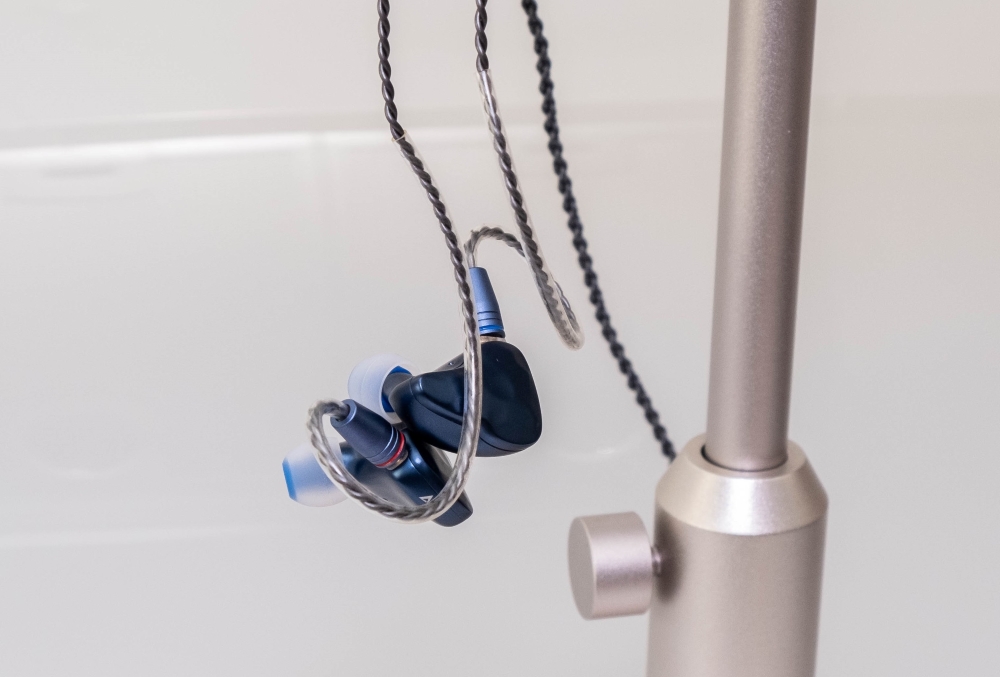
Conclusion
I was disappointed at first but on the second day I was in honeymoon with them. Such a chameleon of an earphone. I really dig their looks; it has a simple natural shape made out of durable metal. The shell has the right size and doesn’t touch my ear lobes. Packaging was well thought out and accessories are plenty.
Sound wise, they sound quite engaging, having a good slam in the bass and move lots of air around. Treble is almost top-notch and midrange is too linear at times but that is Ok. Stage is pretty wide but depth is something that a sub 200 USD IEM should not possess.
Speaking about price, IKKO OH1 can be bought for $139 from here and considering everything they did right I think they sound impressive at that price point.
PROS:
- Excellent packaging and selection of accessories
- Great fit and finish, excellent comfort levels
- Impressive depth and pretty good soundstage size, quite airy sounding as well
- Has mostly a linear midrange
- Good bass slam and control, very engaging
- Extended treble performance, has just a small roll-off up top
- Good detail retrieval and transparency
- Great price for what it offers
CONS:
- A drop in the midrange causes it sounding lean and dry at times
- A slight drop in the upper-treble as well
ASSOCIATED EQUIPMENT:
- DACs: Matrix Audio Element X, Matrix Audio X-Sabre Pro, Mytek Brooklyn DAC+, Benchmark DAC3 L, KECES S3, Aune S6 PRO, Burson Swing & Playmate
- DAPs: FiiO M11
- Headphone amps: Benchmark HPA4, Aune S7 PRO, Erzetich Bacillus, Headamp Gilmore Lite Mk2
- IEMs: IKKO OH1, FiiO FA1, KZ AS16
- Full-sized headphones: Meze Empyrean, Quad ERA-1, Sennheiser HD660S
- Loudspeakers: KEF LS50W
- Interconnects: QED Reference XLR, Aune AL3 XLR
- Power Cables: Isotek EVO3 Premier
- Balanced Power Conditioner: PLiXiR Elite BAC 400, KECES BP-600
